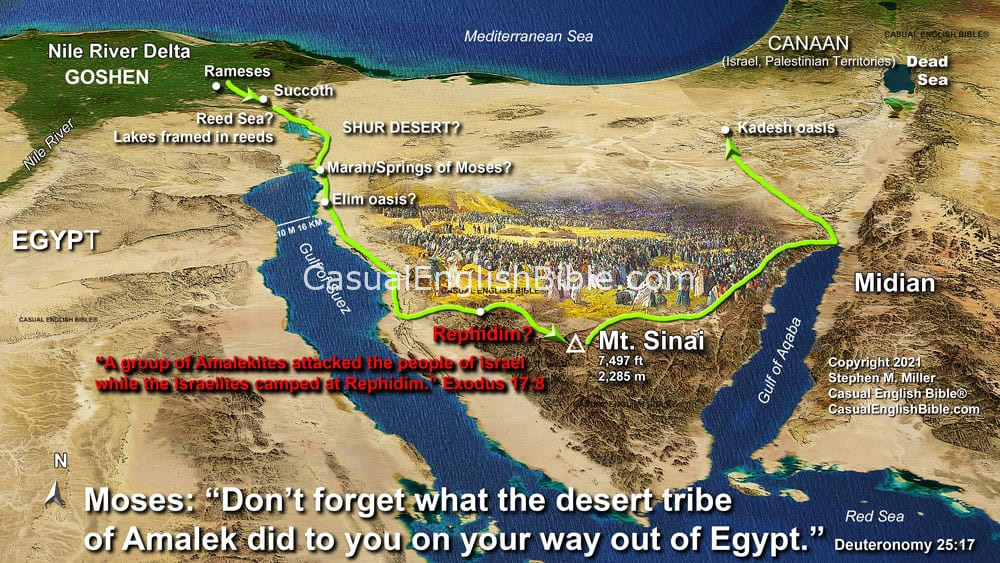Esther 8
Jews get to counterpunch Persians
Esther’s tearful request
1That same day King Xerxes gave Esther everything Haman had owned. Esther told the king about Mordecai—that he was the relative who raised her. So, the king called for Mordecai. 2The king gave him the royal signet ring that Xerxes had taken back from Haman. Then Esther put Mordecai in charge of Haman’s property.3Esther approached the king again. This time she was crying. She bowed before him and pleaded with him to stop the scheduled slaughter of the Jews. That event was already on Persia’s calendar—put there in the king’s name by Haman, an Agagite—a group of people who hated the Jews. [1] 4The king held out his golden scepter, an invitation for Esther to step forward. She stood and faced the king.
5Esther told him, “If you care about me and if you agree it’s the right thing to do, please revoke the orders of Haman, son of Hammedatha the Agagite. That man used your name to order people in all your provinces to kill the Jews. 6How could I stand by and watch that happen? How could I watch all my family and all my people butchered?”
7King Xerxes told Esther and Mordecai, “I executed the man who planned this. I hung him on a pole and gave Esther everything he owned. I did this because he wanted to kill all of you Jewish people. 8But I’m afraid you can’t revoke an order signed with the king’s seal. However, you have my permission to write a new law to protect the Jewish people. Do it in my name with the seal from my ring.
Jews get a license to kill
9So, on June 25th [2] the king’s scribes copied the new decree, which Mordecai dictated. He sent the law in a letter addressed to Jews, governors, and all the important officials in every one of Persia’s 127 provinces, from the borders of India to Ethiopia. Every province got letters in its own local language, and so did the Jews. 10Mordecai wrote these letters in the king’s name and stamped them with the seal on the king’s signet ring. Riders on the king’s own thoroughbreds—horses sired from the royal stud—rushed the letters away.11The decree allowed Jews everywhere to assemble and defend themselves on the day Haman had scheduled the Jews for extinction. Instead, Jews were now allowed to fight back and kill anyone attacking them, including any army from any province. Then the Jews were allowed to wipe out the families of those enemies and take their property.
12Jews throughout the empire had just one day to do this: March 7. [3] 13Messengers distributed the king’s decree to all people in every province. This law let Jews deliver some payback to their enemies.
14Riders on royal thoroughbreds raced the decree to the far corners of the empire. Local officials published it in Susa, as well.
A happy Jewish holiday
15With riders on their way, Mordecai left the palace. He looked like a king. He wore royal robes of blue and white, with a purple cape of fine linen. And he wore the golden crown of Persia’s top official. Persia’s capital city of Susa was a happy place that day, with everyone cheering and celebrating. 16Jews were especially delighted and full of joy. They felt respected again and honored.17Jews celebrated in every province of Persia—everywhere the king’s decree arrived. Jews threw parties and festivals. They called for a holiday. [4] Many people in the empire were so afraid of the Jews on that day of scheduled attacks and retaliation that they said they were Jews, too.
Footnotes
Agag, king of the Amalekite people, is part of the reason God abandoned Saul as Israel’s king. The prophet Samuel, speaking for God, told Saul to wipe out the Amalekite people who had ambushed some Hebrews on their Exodus out of Egypt with Moses. Saul was to kill the livestock, too, so Israel would have no part of those sinful people. Instead, Saul’s army killed most of the people, but he spared Agag and the best livestock. The prophet Samuel told him that for disobeying, God now rejects Saul as king (1 Samuel 13). Samuel later secretly anointed a young shepherd, David, as Israel’s future king.
More literally, on the 23rd day of Sivan, which was the third month on the Jewish calendar. This would have been two months and 10 days after Haman wrote his vindictive decree. The scheduled date for the Jewish slaughter was still about eight months away, on March 7.
More literally, day 13 in the month of Adar.
Many Jews today still celebrate the festival known as Purim. It’s the happiest holiday on the Jewish calendar, in the spirit and energy of Mardi Gras. The name “Purim” comes from the Akkadian word for “lot,” which is pur. Haman picked the day for the Jewish slaughter by throwing lots. The “lots” may have been stones or animal bones marked in a way that produced random outcomes for “yes” or “no” answers, or for answering other questions. The idea is like throwing dice to determine how many months to wait before acting—in Haman’s case, in killing the Jews.
Discussion Questions
- Sorry, there are currently no questions for this chapter.







